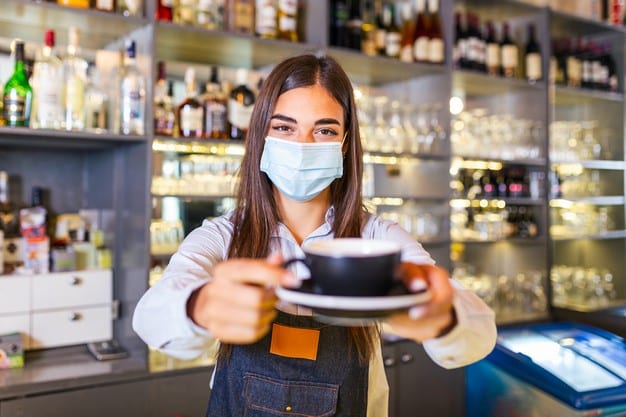The projections of Professor Santiago García Cremades, an expert at the Miguel Hernández University, who’s forecasts have been accurate throughout the pandemic, are that we should have returned to some sort of normality by the summer.
The models he is currently working on also reveal a fairly positive scenario for the coming weeks.
His projections confirm that the province is bending the curve of the third wave and that the accumulated incidence (new cases in fourteen days per 100,000 inhabitants) will fall below 200 new cases within just 15 days.
Statistical models confirm the rate of decline in infections, which at the end of January approached 1,500 covid patients per 100,000 inhabitants in the province, within 14 days. On February 9 they had reduced to 1,100, while at the weekend the rate had fallen below 300 in most town across the Vega Baja. In the last week the rate has fallen by two-thirds.
García Cremades says that Mathematical models suggest that the rate will now fall below 200 cases in March but will rise again in April if measures are relaxed excessively, but it will not be until the summer that we will be able to return to a certain normality.
“This is the most positive information that we have had since September, but we must not become at all complacent, because we all know what happened following the summer, and again after Christmas holidays.”
For this reason, he thinks that it is very dangerous to talk about any relaxation over Easter, despite the constant tug of war between health and the economy.
In fact, he says that he expects another wave in April, which may only be a rebound, or very moderate, like the second wave, if restrictions are not relaxed excessively. As such the UMH professor advocates a gradual and prudent de-escalation of the restrictions that are currently in force.
First, he says, should be a relaxation of outdoor activities where the risk of contagion falls 16-fold. “The risk of contagion by coronavirus is 16 times lower on outdoor terraces and amongst those who follow outdoor activities, so these are the measures that should be the first to be relaxed in the case of the hotel industry, together with variable measures in terms of perimeter closures and schedules, depending on the data of each municipality, as was done after the second wave. At that time selected municipalities remained closed in Alicante Province due to their high rate of contagion.
“Just as the curve falls very slowly, the removal of restrictions, even if they hurt, should go the same way. We have to implement an amber traffic light in our heads, not green, and have composure and awareness when resuming economic activities, “says the University Professor.
Accumulated incidence in selected municipalities:
Torrevieja 250, Orihuela 259, Pilar de la Horadada 324, Guardamar del Segura 260, Los Montesinos 60, San Miguel de Salinas, 364, Rojales 241, San Fulgencio 89.





